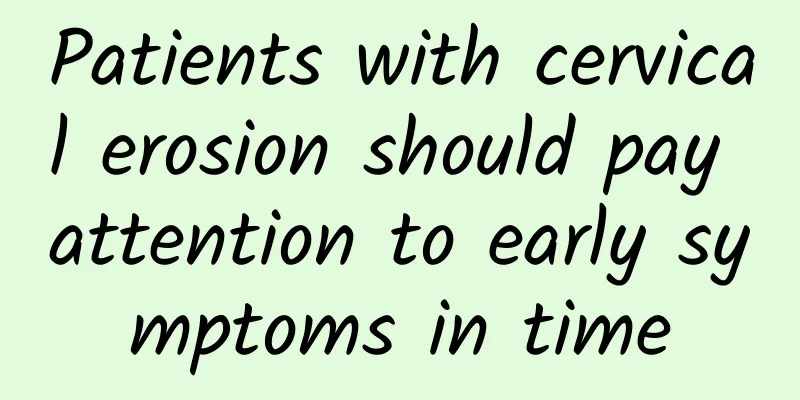Mixed right adnexal mass with pelvic effusion

|
The right adnexal mixed mass with pelvic effusion may be related to diseases such as ovarian cysts, fallopian tube inflammation or tumors, and timely medical treatment is required for a clear diagnosis. Treatment methods include drug therapy, surgical treatment and lifestyle adjustments. 1. Ovarian cyst Ovarian cysts are one of the common causes of adnexal masses, which can be divided into physiological and pathological types. Physiological cysts are usually related to the menstrual cycle and may disappear on their own; pathological cysts, such as endometriosis cysts or teratomas, may cause pelvic effusion. In terms of treatment, physiological cysts can be observed and followed up, while pathological cysts require surgical removal, such as laparoscopic surgery or laparotomy. 2. Fallopian tube inflammation Fallopian tube inflammation is mostly caused by infection, such as pelvic inflammatory disease, which may lead to hydrosalpinx or pus in the fallopian tube, forming a mixed mass with pelvic effusion. Treatment is mainly antibiotics, such as cephalosporins, metronidazole, etc. In severe cases, surgical drainage or removal of the diseased tissue is required. 3. Tumor Mixed masses in the adnexal area may also be manifestations of ovarian or fallopian tube tumors, such as ovarian cancer or fallopian tube cancer. Tumors may cause pelvic effusion, especially malignant lesions. Treatment should be selected according to the nature of the tumor, including surgical resection, chemotherapy or radiotherapy, such as radical ovarian cancer surgery, paclitaxel combined with carboplatin chemotherapy, etc. 4. Lifestyle Adjustment For mild symptoms or postoperative recovery, lifestyle adjustments can help improve the condition. It is recommended to eat more fiber-rich foods, such as vegetables and fruits, and avoid high-fat and high-sugar foods. Moderate exercise such as yoga and walking can promote pelvic blood circulation and reduce the formation of fluid accumulation. The right adnexal mixed mass with pelvic effusion requires targeted treatment according to the specific cause. Early diagnosis and treatment are the key. If symptoms such as abdominal pain, bloating, and menstrual abnormalities occur, you should seek medical attention in time to avoid delaying the disease. Through standardized treatment and a healthy lifestyle, most patients can achieve a good prognosis. |
<<: Is it painful to take a sample to check for cervical hypertrophy?
>>: How much does it cost to treat an invasive hydatidiform mole?
Recommend
What are the symptoms of cervicitis
Cervicitis is one of the common gynecological dis...
How much does an abortion pill cost? What tests should be done before taking an abortion pill?
If the unplanned pregnancy does not exceed 49 day...
Get rid of the three layers of belly fat! 7 reasons you should know
Have you ever had the embarrassing situation of h...
Is surgery the only option for ectopic pregnancy if conservative treatment fails?
If conservative treatment of ectopic pregnancy fa...
Losing weight is super easy, start by changing the order of your meals! The explosive weight loss method has three major principles
When people who have tried to lose weight mention...
Causes of pelvic inflammatory disease
The vast majority of causes of pelvic inflammator...
Take a roller coaster and scare away all the stress? Doctor: Yoga is better for relieving stress!
Modern people are overwhelmed by work and financi...
What causes ectopic pregnancy?
What are the causes of ectopic pregnancy? Ectopic...
What is pelvic effusion? Is it serious?
Pelvic effusion refers to the accumulation of flu...
Answers to the life expectancy of cervical erosion
The cervix is very important to women. After th...
Is irregular menstruation hereditary?
Is irregular menstruation hereditary? Irregular m...
How to treat pelvic inflammatory disease with diet
How should dietary treatment for pelvic inflammat...
What causes congenital absence of vagina?
How does congenital absence of vagina occur? Wome...
What medicine is used for pelvic peritonitis
What are the anti-inflammatory drugs for the trea...
What are ovulation bleeding symptoms?
Ovulation bleeding refers to minor vaginal bleedi...









